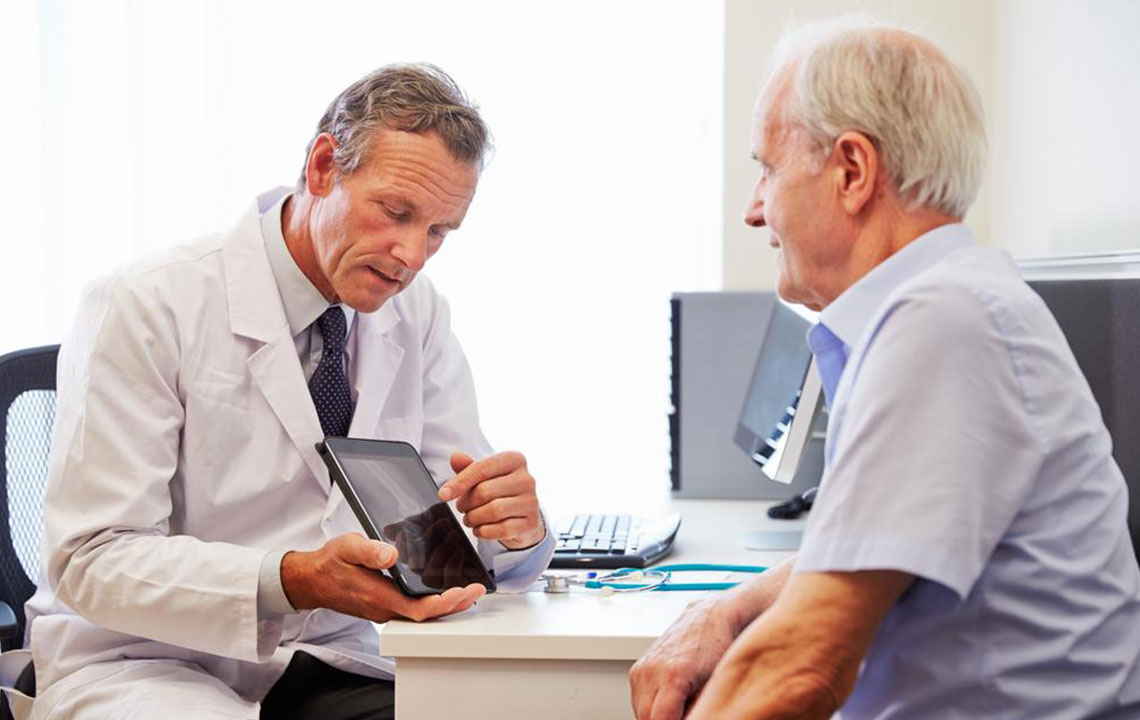Enlarged Prostate Remedies A Discussion

Enlarged Prostate Remedies That is Worth a Try
Do you experience difficulty while urinating? Do you need to go for urinating frequently or get a sense of incomplete urination? Well, then it is time to go for a prostate check-up. Shaped like a walnut, prostate covers the urethra and takes a significant role in urination process as well as male reproduction process. Though it has a small size at the time of birth, the size keeps on increasing with man’s age, till he reaches adulthood. However, in some men, the process continues in an irregular manner when they get enlarged prostate Known as benign prostatic hyperplasia, this disorder can affect anyone yet it is mostly found in men above 50 years of age. If you are also experiencing problems with your prostate size, checking out a few remedies mentioned below can be helpful.
Though enlarged prostate is often considered to be a complex problem, it can be treated effectively with different medicinal drugs approved by the FDA. While some drugs help in checking the growth of the enlarged prostate by shrinking its size, others check the cell growth in the prostate. The drugs are prescribed depending on the symptoms of the patients. As per the records, FDA approved drugs seldom have any adverse effect on men’s health and are considered safe for use. However, consulting a doctor is necessary for proper treatment. Some of the commonly used enlarged prostate remedies and medications for treating benign prostatic hyperplasia are mentioned below.
5-Alpha-reductase inhibitors: This drug is one of the most popular enlarged prostate remedies as it works by reducing the dihydrotestosterone hormone in men, which is responsible for increasing the size of the prostate. As the hormone level come down, the size of prostate also starts to shrink. Yet, this does not provide any instant relief to the patient and may require almost three months for curing the difficulty during urination. However, taking this drug according to the guidance of a medical practitioner can help in getting a significant improvement, which in turn reduces the need for surgery. Patients who have used this drug for one year received an improvement in their condition.
Alpha blockers: While the drug mentioned above helps in reducing the size of your prostate significantly, alpha blockers do not have a role to play in size change. Instead, it works by relieving the symptoms experienced by the patient. This drug keeps the prostate muscles as well as the bladder neck muscles relaxed, which in turn helps during urination. Patients, who need immediate results are generally prescribed this drug as it starts showing positive signs within a couple of days. Yet, it may not be effective in men with highly enlarged prostate and are known to work best in men with medium enlargement of the gland.
Heatwave treatment: Surgery is not the only way left if the drugs fail to show any positive results. Many patients have been cured get cured of the disorder by such effective enlarged prostate remedies like undergoing heat wave therapy practiced in the doctor’s chamber. This treatment focuses on shrinking the size of the prostate by applying heat energy. Since the treatment is minimally invasive, there is no report of side-effect from this therapy.
Transurethral microwave thermotherapy or TUMT: Doctors may opt for this treatment procedure in case of mild or moderate blockage. The procedure uses microwaves generated by computers for destroying some tissues leading to the urination problem due to increased size. Though it checks urination problems to some great extent, it does not treat the bladder-emptying complication. Some patients may even get painful side-effects including urination difficulty for weeks from other such enlarged prostate remedies.
Transurethral radiofrequency needle ablation or TUNA: The procedure works by using high-frequency radio waves, which are directly transmitted to the prostate with the help of a needle. It works on the affected tissues and helps in relieving the symptoms of enlarged prostate. This procedure is also quite helpful in treating the urination problem. It, however, has some painful side-effects for a week or so.
In case, the patient fails to get any kind of improvement from the above-mentioned treatment procedures, he may have to undergo a surgery to correct the condition. However, some doctors also use prostatic stents in patients who are afraid of surgery. Herbal therapies and physical workouts like Kegel exercise have helped many people cure the problem of an enlarged prostate. You can also try out the herbal supplements for the cure..
Though remedies and treatments are indeed needed for checking the symptoms of enlarged prostate, it is not all. It is always recommended to follow a healthy lifestyle, to avoid repetition of the same problem in future. Also, you should be careful about your diet and include foods, which can help in preventing prostate problems. Fish, especially salmon can be a great choice in this regard. You can also include sesame seeds, bell peppers, tomatoes as well as avocados in your food chart. Also, monitor the size of your prostate and consult a doctor even if you find the minutest problem.


